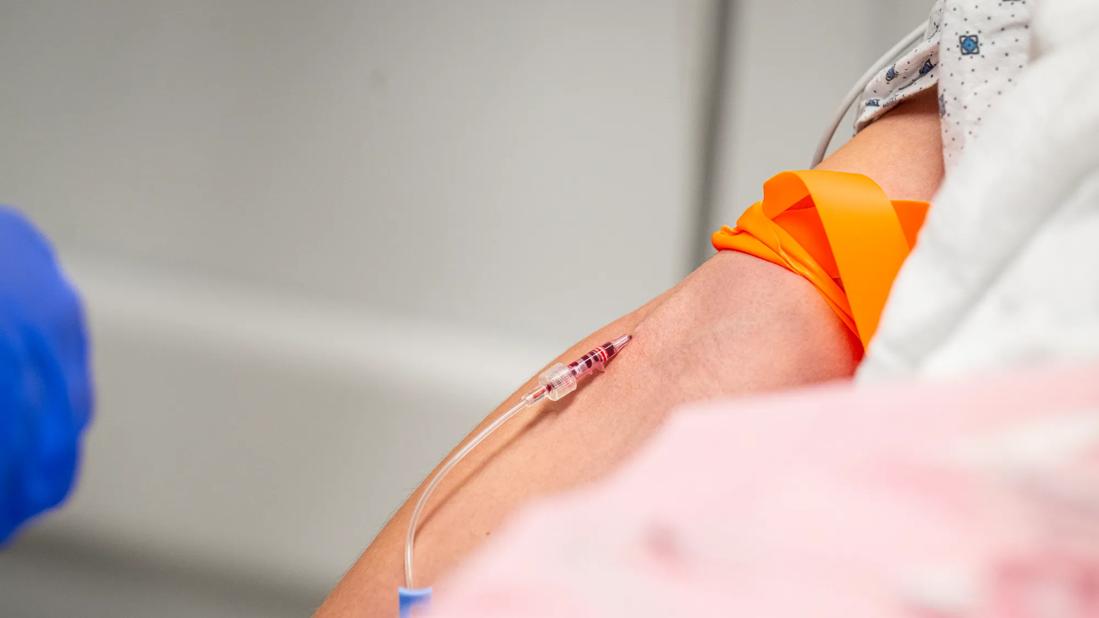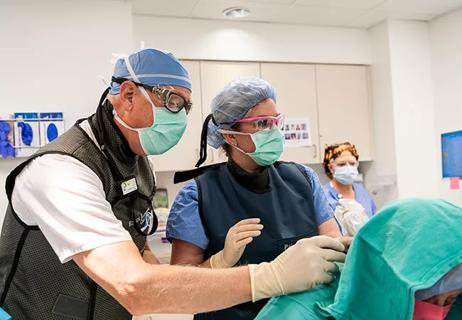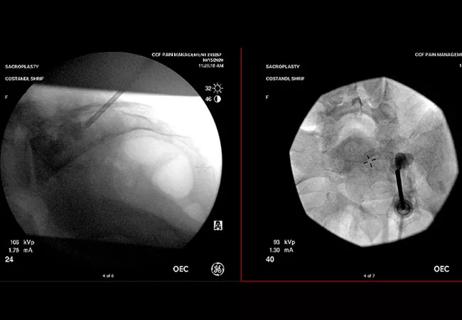Our approach to ensuring patient safety

When less invasive procedures don’t require local, regional or general anesthesia, proceduralists can use procedural sedation to help block patients’ pain, discomfort and anxiety. However, proceduralists must be proficient in sedation levels to avoid fluctuations in patients’ consciousness, and in extreme instances, the need for resuscitation.
Advertisement
Cleveland Clinic is a non-profit academic medical center. Advertising on our site helps support our mission. We do not endorse non-Cleveland Clinic products or services. Policy
And with more than 100,000 cases using procedural sedation throughout Cleveland Clinic’s health system, our Procedural Sedation Committee oversees and applies several safeguards to ensure the delivery of exceptional care.
“Any time a patient is sedated, there’s an increased risk for complications,” says staff anesthesiologist Basem Abdelmalak, MD, Director of the Center for Sedation and co-chair of Cleveland Clinic’s Procedural Sedation Committee. “Knowing the potential risks, we take extraordinary precautions to ensure our patients are safe when using any form of sedation. There’s an intricate balance between keeping patients comfortable while selecting the appropriate sedation option.”
The committee uses a multipronged approach to ensure the safety and efficacy of procedural sedation across all of Cleveland Clinic.
“Sedation is a continuum of care,” Dr. Abdelmalak adds. “And that care has to be patient-specific. By applying standardized guidelines, proceduralists can select the appropriate sedation, or in complex instances, consult with an anesthesiologist to determine the safest approach.”
Advertisement
Nearly 600 physicians and 1,500 registered nurses at Cleveland Clinic follow these best practices to be approved to perform procedural sedation.
Gastroenterologist Talal Adhami, MD, knows the benefits. As co-chair of the Procedural Sedation Committee, Dr. Adhami explains, “We see incredible value in our increased scrutiny of our procedural sedation practices. With these additional safeguards, we’ve seen a decline in our over-sedation rates — and that makes a significant impact on our patients’ safety.”
The Procedural Sedation Committee’s work and collaboration exemplifies the team of teams approach where physicians, nurses, accreditation and data specialists, administrators, professional staff affairs and fire safety specialists collectively contribute to the advancement of patient safety.
Advertisement
Advertisement

Program enhances cooperation between traditional and non-pharmacologic care

Pain specialists can play a role in identifying surgical candidates

Clinical judgment is foundational to appropriately prescribing

The device is a less invasive alternative for patients who are struggle with chronic pain

The Four Pillar Project provides physicians with evidence-based talking points to quickly identify problem areas and educate patients to optimize important aspects of their health.

When conservative approaches don’t work, it may be time to turn to sacroplasty

Fourth iteration of the guidelines focuses on high-risk patient identification and evidence on newer drugs

It is a lifestyle commitment that can minimize pain and improve lives